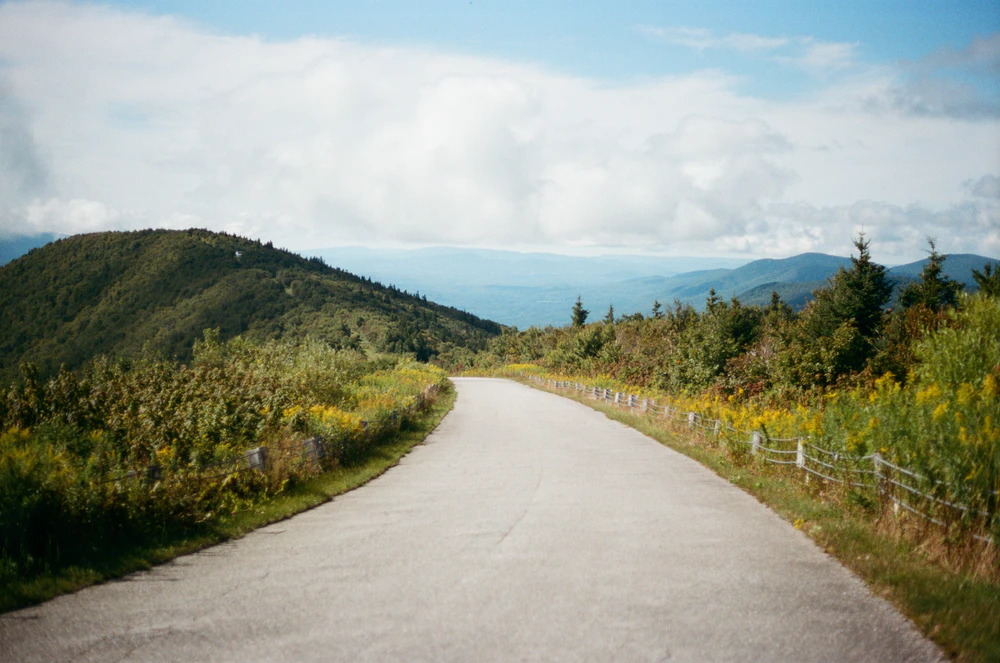Many individuals choose to live in Vermont because it has four distinct seasons to enjoy. While some areas are subjected to extremes of heat and cold throughout the year, Vermonters can enjoy all four seasons. In the summer, the temperature rarely exceeds 80 degrees Fahrenheit.
As a result, you may expect pleasant summers that are never excessively hot. This also means that central air conditioning isn’t required (or run), which can help you save money on your power costs all year.
Burlington houses for sale is a very active market right now, with more property sales in recent years as a result of the COVID-19 pandemic, which has caused more individuals and families to reconsider their living arrangements. It is the sixth smallest state in the United States, with a total area of 9,616 square miles. The property market is booming right now, but so are Vermont’s industries. The top five industries in Vermont are listed below.
Agriculture
Vermont’s agriculture is quite diverse. Vermont’s primary agricultural industry is dairying, which produces more than two billion pounds of milk each year. Agriculture reduces poverty more effectively than other things. Agriculture is increasingly being relied upon to provide more nutritious food for the world’s growing population and to enhance people’s lives, as this is critical to the economy’s and the world’s future growth. The agriculture industry offers a diverse range of jobs, from equipment operator to IT to Food Safety and Marketing.
Forestry
According to a new analysis, Vermont’s thriving forest economy employs nearly 9,100 people and generates $1.4 billion in revenue. The sector’s total contributions support over 14,000 employment, with labor income exceeding $500 million and sales of $2.1 billion. Many furniture makers and wood manufacturing enterprises use hardwood lumber produced by large and small sawmills throughout the state. When feasible, the goal is to sustainably source locally, which benefits the entire forest products business, from primary tree growers to secondary producers.
Tourism
One of Vermont’s most important industries is tourism. Tourism also employs approximately 7.2 percent of the state’s workforce (26,000 jobs). Vermont’s hotels, resorts, and businesses are all designed to entice visitors. During the summer, snowboarders and skiers go to Bolton Valley and Killington-Ski Resort, among other places. Ice fishing, lake fishing, trout fishing, and trekking the long trails are just a few of the things that travelers enjoy in Vermont. Moose, deer, wild turkey, and black bear hunting in Vermont is restricted in the autumn.
Manufacturing
Manufacturing goods provide an estimated $1.82 in additional economic activity for every dollar produced, the highest of all Vermont economic sectors. Manufacturing encompasses a wide range of businesses, so it’s tough not to find it fascinating. Manufacturing encompasses a wide range of high-tech fields, including aerospace, food technology, machine monitoring, and medicines. Manufacturing can offer stability and long-term job opportunities.
Mining
Vermont’s mineral resources are diverse, despite the fact that the state’s land area is only 9,609 square miles. The Taconic, Acadian, and, to a lesser extent, Alleghenian orogenies, or mountain-forming events, are responsible for much of the bedrock geology’s intricacy. Vermont is a valuable model for plate tectonic theory because of the resulting bedrock structure and chemistry.
Within the center of the Green Mountain physiographic province in southern Vermont, the region’s oldest rocks are exposed. Gneisses, quartzites, and marbles from the Precambrian “Grenville” era reflect metamorphism that happened 1100 to 1300 million years ago. Under the protection of younger rocks, this succession of rocks extends into the Grenville province of the Canadian Shield.




